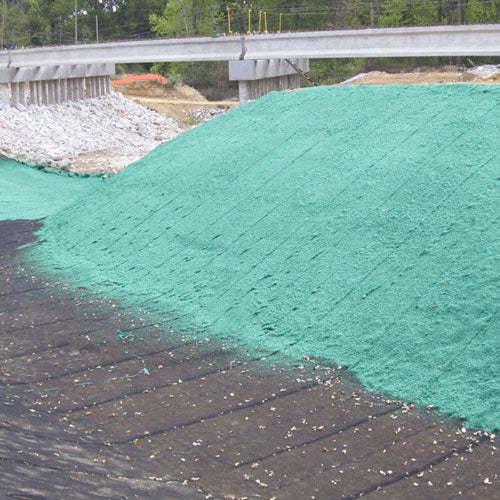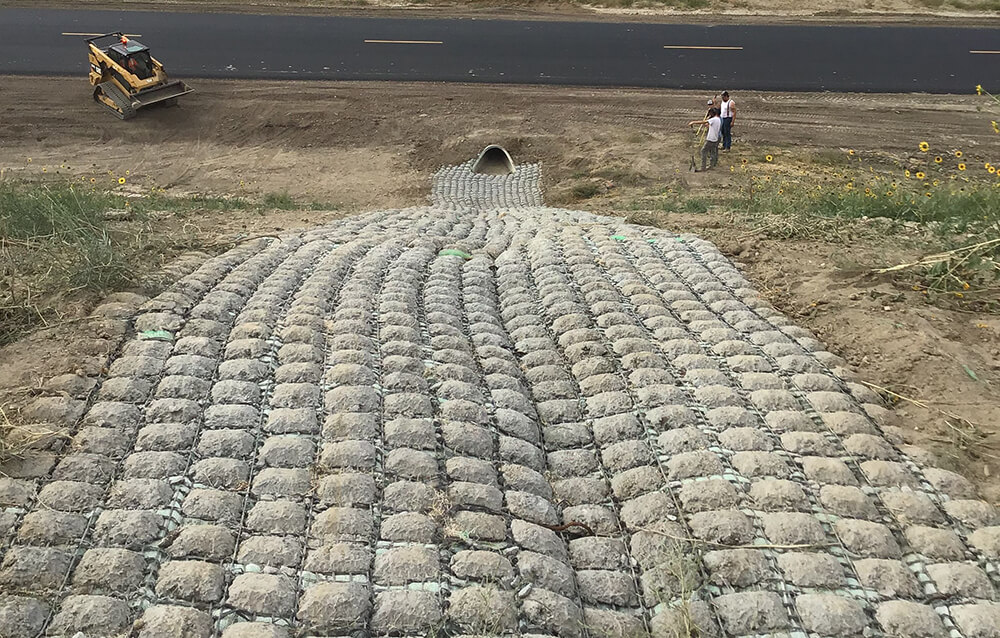Efficient Erosion Control Methods for Lasting Land Monitoring
Are you looking for methods to efficiently manage disintegration on your land? Discover the different kinds of erosion and their effect on your land, as well as natural methods to control disintegration. Discover how to apply reliable erosion control actions and guarantee proper surveillance and maintenance.
Relevance of Erosion Control in Lasting Land Monitoring
Erosion control is essential for lasting land management due to the fact that it assists protect against soil deterioration and loss. By applying effective disintegration control techniques, you can make certain the long-lasting wellness and productivity of your land. Without appropriate erosion control actions, soil erosion can happen, bring about the loss of beneficial topsoil that is abundant in nutrients necessary for plant growth.
One of the major reasons disintegration control is crucial is since it assists to keep dirt fertility. In addition, disintegration can lead to sedimentation in close-by water bodies, which can adversely affect aquatic communities.
One more secret advantage of erosion control is the prevention of land degradation. Erosion can cause the loss of crucial topsoil, which takes years to create naturally. This loss of topsoil can result in unproductive and barren land, making it hard for plants to grow and for ecosystems to flourish. By implementing disintegration control methods such as terracing, shape plowing, and making use of cover crops, you can aid avoid land deterioration and maintain the health and wellness of your land.

Sorts Of Disintegration and Their Influence on Land
Comprehending the different kinds of disintegration and exactly how they influence the land can aid you apply much better land monitoring practices. Disintegration is the process whereby soil, rocks, and other products are gradually used away and delivered by natural forces such as wind, water, and ice. There are four primary types of disintegration: sheet disintegration, rill erosion, gully disintegration, and mass movement disintegration.
Sheet disintegration takes place when a thin layer of dirt is eliminated evenly from the surface area of the land. This type of disintegration is often created by heavy rains or improper land management techniques such as overgrazing or deforestation. Rill disintegration, on the various other hand, takes place when tiny channels or rivulets are based on the land due to the circulation of water. This can occur on high slopes or areas with compacted soil.
Gully disintegration is more severe and occurs when bigger gullies or channels are formed due to the continual circulation of water. Mass activity disintegration refers to the activity of large amounts of soil and rocks downhill due to the force of gravity.
Comprehending these different kinds of erosion and their impact on the land is critical for efficient land monitoring. By implementing disintegration control strategies such as terracing, shape plowing, and reforestation, you can reduce erosion and preserve the honesty of the land. Furthermore, exercising excellent land administration approaches like correct plant rotation, preserving ground cover, and utilizing sediment control steps can even more help in avoiding erosion.
Natural Erosion Control Approaches for Lasting Land Administration
By executing natural disintegration control approaches, you can successfully preserve the honesty and handle of your land. One effective approach is making use of greenery, such as plants and grasses, to support soil and protect against erosion. Growing indigenous varieties can help enhance root thickness and bind the dirt with each other, minimizing the danger of erosion triggered by hefty rainfall or wind (Memphis Erosion Control Solutions Memphis TN). In addition, mulching is an additional natural technique that can assist regulate disintegration. By applying a layer of natural compost, such as wood chips or straw, you can protect the dirt from the impact of raindrops, reducing soil compaction and drainage. An additional natural disintegration control method is contouring the land. By producing contour lines or balconies on slopes, you can decrease the circulation of water and enable it to penetrate the soil, reducing erosion. In locations where disintegration is a significant worry, mounting disintegration control blankets or floor coverings can be valuable. These mats are made from biodegradable products and aid stabilize the soil till vegetation is developed. Generally, by using these natural erosion control techniques, you can properly take care of and safeguard your land from erosion, ensuring its lasting sustainability.
Carrying Out Efficient Disintegration Control Actions

To properly manage and secure your land from disintegration, you should consider carrying out tried and tested methods that can help reduce the risk. One such method a fantastic read is making use of disintegration control coverings. These coverings, made from natural fibers or synthetic materials, are put on the dirt surface area to maintain it and stop erosion. They aid maintain moisture, minimize debris drainage, and advertise the development of plant life. Another effective method is using terracing. Terracing entails creating level systems on sloping land, which helps to reduce overflow and protect against erosion. It likewise enables the farming of plants on the terraced inclines. In addition, growing plant life is a critical action in disintegration control. Shrubs, yards, and trees have considerable root systems that bind the dirt together, reducing erosion brought on by wind and water. Installing debris control actions such as silt fencings and sediment fish have a peek at this website ponds can aid catch sediment and stop it from getting in neighboring water bodies. These procedures are particularly important during building tasks. By applying these shown erosion control approaches, you can properly secure your land and minimize the danger of erosion and its detrimental effects.
Surveillance and Upkeep of Erosion Control Methods
When monitoring and preserving disintegration control measures, it is very important to on a regular basis inspect the erosion control blankets, balconies, greenery, and sediment control procedures to ensure they are working appropriately and effectively stopping disintegration (hydroseeding). By conducting routine examinations, you can recognize any kind of problems or deficiencies in the disintegration control strategies and take necessary actions to remedy them
Begin by inspecting the disintegration control coverings. Look for indicators of damages or wear, such as splits or subjected dirt.
Inspect for signs of disintegration, such as sediment accumulation or irregular surface areas. Guarantee that the terraces are appropriately developed and maintained to draw away water flow and lower disintegration.
Evaluate the plants in the erosion control area. Proper plants coverage assists protect against and stabilize the soil disintegration.
Finally, evaluate the sediment control steps, such as debris containers or sediment fences. See to it they are properly mounted and functioning as meant. Eliminate any type of accumulated sediment and make sure that the controls are properly kept.
Routine surveillance and upkeep of disintegration control actions are critical for their lasting efficiency in avoiding disintegration and preserving lasting land monitoring techniques.
Conclusion
Finally, you ought to prioritize erosion control for sustainable land administration. By recognizing the different kinds of erosion and their effect on the land, you can execute reliable natural erosion control methods. It is necessary to consistently keep an eye on and keep these strategies to guarantee their lasting efficiency. By taking activity and applying these actions, you can aid shield the land from erosion and promote lasting land monitoring techniques. Don't be reluctant to make disintegration control a priority for a much healthier and even more lasting future.
Discover the various types of erosion and their influence on your land, as well as natural methods to regulate erosion. There are four major types of erosion: sheet erosion, rill erosion, gully erosion, and mass activity disintegration.
By implementing disintegration control techniques such as terracing, contour plowing, and reforestation, you can decrease disintegration and protect webpage the integrity of the land (Memphis Erosion Control Solutions trenching). In general, by using these all-natural disintegration control methods, you can properly manage and safeguard your land from erosion, ensuring its long-lasting sustainability
By comprehending the different types of disintegration and their effect on the land, you can carry out reliable all-natural disintegration control approaches.